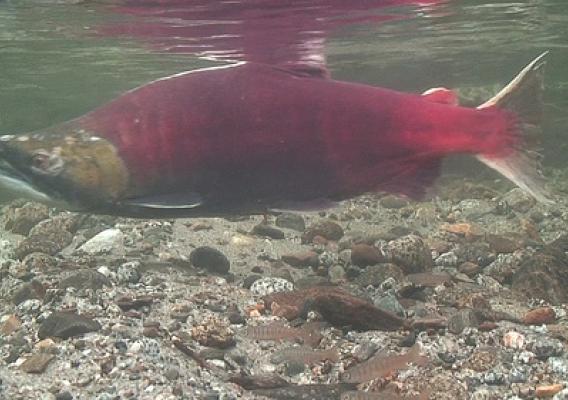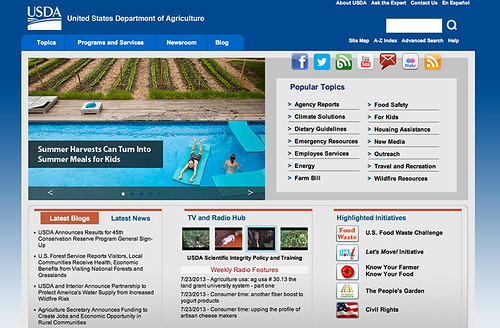Recently I traveled to New Mexico to meet with APHIS-Wildlife Services’ personnel for a firsthand view of their Feral Swine Removal Demonstration Project that aims to eliminate feral swine from the state. Feral swine are an invasive species with a population that has grown from approximately 1 million in 17 states in the 1980s to more than 5 million across 38 states today. If left unchecked, their numbers could exceed 10 million by 2018. Feral swine carry more than 30 diseases that pose a potential threat to humans, livestock, and wildlife, and the total cost of feral swine damage to U.S. agriculture, livestock facilities, private property, and natural resources is estimated to be $1.5 billion annually.
Wildlife Services’ demonstration project is benefitting from tremendous cooperation with federal, state, tribal, and nongovernmental partners, including the U.S. Forest Service, Bureau of Land Management, New Mexico Department of Agriculture, New Mexico State Land Office, and New Mexico Department of Game and Fish, as well as with the Mescalero Apache Tribe, New Mexico Cattle Growers’ Association, New Mexico Wool Growers’ Association, affected counties and private land owners, among others.










